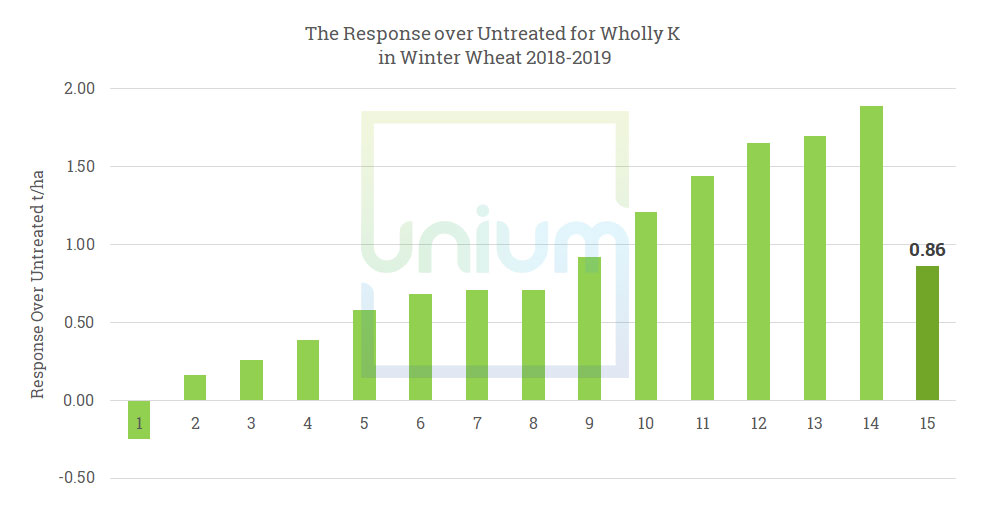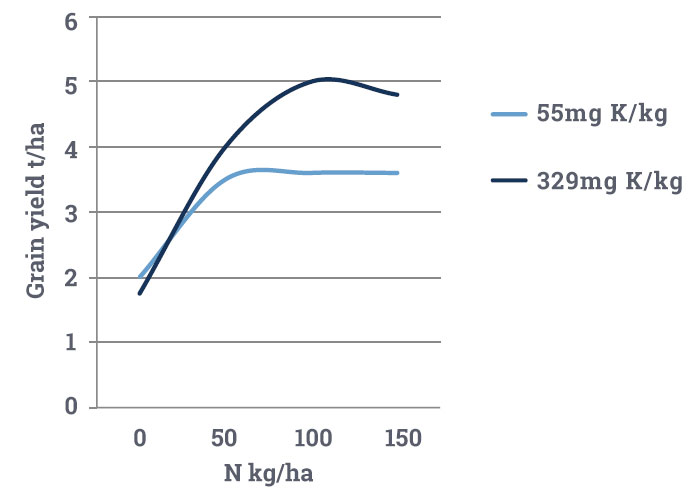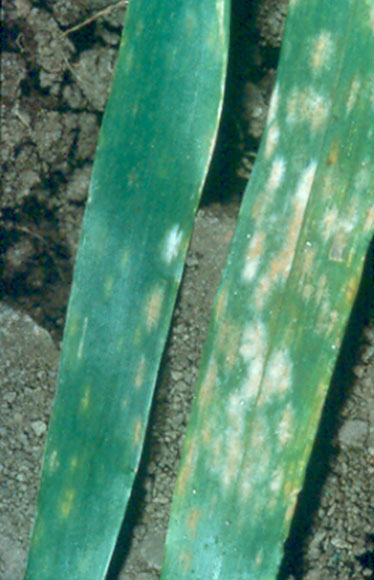
Wholly K – A forgotten nutrient
Think of Potassium (K) as the fuel for the nitrogen constructed plant engine.
- Choose the best and the right quantity of fuel for the crops journey.
- It moves everything around in the plant, helping it to tolerate abiotic stress – temperature, water, nutrients etc.
- It regulates Ca, N and Na uptake.
- It is often the nutrient used in the largest quantity during the vegetative and reproductive stage.
- Potassium is important at a number of stages of protein synthesis and N efficiency in plants is highly dependant on K.
- It supports photosynthesis along with the production of sugars and storage carbohydrates as well as oil production.
- It also Improves water use efficiency by affecting stomatal movement.

The relationship between K and N is very strong. K is required almost solely to drive N uptake. As plants take up N, cell division and enlargement occurs. 70+% of the cell volume is vacuole and K is required to maintain cell turgor.
Almost no K is required for structural components of plant growth. Only 1% of K in plant dry matter is required to achieve optimum yield. Thus, 60-70 kg K/ha is required to produce yield but 200 kg K/ha is required to balance N uptake. Of the applied K only approx 40% is recovered by the crop, so there is a requirement in key situations for a foliar application.
Low leaf levels of K induce the movement of sugars out onto the leaf surface from interstitial fluid and microbes and pathogens use this secretion to trigger germination, increase multiplication rates and locate infection sites.
Wholly K is a unique potassium delivery system perfectly balanced to supplement crops where Potassium is deficient through soil availability or transient stress conditions. It is a 0 : 0 : 20 clear formulation containing no antagonistic anions (chlorides, nitrate or sulphates) perfectly formulated with PGA (pyroglutamic acid / pidolic acid) to further maximise the Nitrogen Use Efficiency.
What is PGA?
PGA (pyroglutamic acid / pidolic acid) is a natural plant metabolite which coordinates 2 of the key vital processes in plants:
- Increasing carbon fixation by up-regulating photosynthesis, and
- Increasing nitrogen assimilation in plants by increasing uptake and concomitantly increasing N reduction rates and ultimately resulting in higher amino acid pools which then go into downstream crop growth and production.
Response of spring barley to N fertiliser on soils with different levels of exchangeable soil K (Kex),

So limiting K levels in the soil will reduce the effect of any applied nitrogen, in the above example there is no reason to apply greater than 50 Kg/ha of nitrogen without correcting the lack of potassium (reference).
Maintaining a K balance is critical for nitrogen utilisation, so know you have the ability to measure your leaf tissue at key stages and manage the potassium levels with Wholly K. If soils are lacking, Foliar K works well. If soils have luxurious levels then the effect is reduced or absent. The key issue is the salt index of the K source and the sensitivity of the crop. KCL has a high salt index and so can burn crops when used above 1% w/V sprays. Wholly K has a low salt index and reduces this risk. So basically in broad acre where K is expensive and can always be in a transient stress even on high K soils. Wholly K is an insurance well worth monitoring.
How to use Wholly K
Choose your risk – are your soils K deficient? Is availability a challenge? Are your crops in a transient stress? If yes to any of these questions:
Apply 1.0 l/ha of Wholly K
Unium have joined the dots of potassium delivery with PGA to maximise the nitrogen use efficiency benefits with the potassium.
We hope you’ll enjoy the benefits of this great new technology for managing the nutritional status of your crops.


